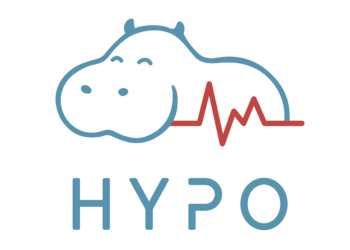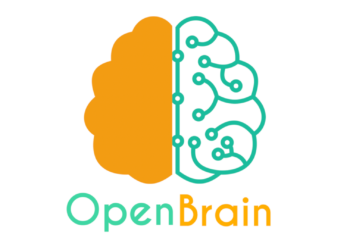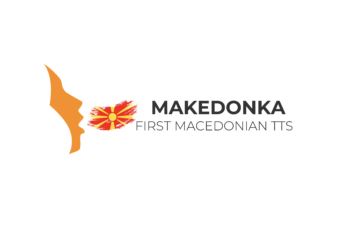Welcome back to our second article from the series ‘OpenBrain-Voice Bot Framework’. This time we are going to explain in depth how OpenBrain can be instantiated in any language, more precisely in the Macedonian language. If you are not familiar with OpenBrain, please check our previous article before continuing.
Introduction
As we know OpenBrain is a voice bot framework comprised of intelligent units to make the service providers more productive in both B2B and B2C communication. OpenBrain unifies internal and external sources of knowledge and gathers and extracts information that is presented in natural language on user demand. The unique advantage that puts OpenBrain on a pedestal is its capability to stay in-house and prevent the leaking of information to external services and can use the benefits of web, mobile, and IVR technologies to distribute the information to its users.
MAIA
MAIA (Macedonian Artificial Intelligent Assistant) is an example of an instance from the OpenBrain framework and presents the first Macedonian intelligent voice bot. MAIA has activated the first text-to-speech in the Macedonian language, the first speech-to-text in the Macedonian language, along with all the intelligent modules available at the different OpenBrain layers.
Each of these modules will be separately described in our next articles! MAIA is an instance that unifies a large portion of novel intelligent models specifically built and trained on the Macedonian language and each of them deserves individual articles where we will share the contributions we have made.
The purpose of MAIA is to test the framework in various fields, finance/banking sector, and telecommunications. The evaluation of MAIA has shown that MAIA is able to:
- Ease human resources
- Constantly learn and fine-tune the intelligent models as new data becomes available
- Reside on-premise and in the Cloud
- Enable the creation of new scenarios via the Dialog flow management system
- Make more efficient information retrieval
MAIA uses the recent advents in AI to build a sophisticated digital assistant that aims to promote your business. At its backend reside multiple intelligent models encompassing Natural Language Understanding, Natural Language Generation, Text-to-Speech, Speech-to-Text, Sentiment Analysis, Task Classification, and Text Summarization.
The MAIA’s User Interface Layer offers three possible implementations, web, mobile, and IVR implementation, each of them described below.
Web view is a simple chat environment with options to use the speech-to-text functionality to interact with the voice bot by using a speech, and an option to activate the text-to-speech functionality and obtain the answers in audio format. An admin panel is also present in this view which allows the administrators to update the knowledge database with unstructured data. The unstructured data is then preprocessed by the models in the Knowledge Layer. There is a possibility to customize the web view depending on the chosen active modules. The activation of those modules begins when creating the voice bot instance from the OpenBrain framework. Moreover, this simple web view can be upgraded with an additional view at the Knowledge Layer. This view can present the knowledge graph and its active nodes at the moments when a particular user is searching for information.
MAIA can be integrated with some popular apps such as Viber and WhatsApp. With this view, we aim to ease the communication with the voice bot by using a smartphone.
MAIA can also be integrated with an IVR system and can be accessed by the user as usual – via a cellular line. The intelligent modules, the text-to-speech and speech-to-text engines are active during the whole process, along with the other intelligent models from the Application, NLP and Knowledge Layer. The Security Layer is not active at the moment as the security is handled by the IVR system itself. Since this interface is not visible as the previously presented user interfaces, the integration with an IVR system is presented in the following figure where the flow of a call is represented visually.
As presented in the following figure, MAIA takes the call and activates the Speaker Recognition and Speech-to-Text modules. With the help of these modules, MAIA tries to solve the user’s problem or request by analyzing the input and running it through various intelligent submodules to understand the user’s intent and correspondingly respond to it, by exploring and upgrading the knowledge graph. After that, MAIA generates the appropriate answer and uses the active Text-to-Speech module to respond to the customer by voice. If the intelligent voice bot is not able to solve the demands, the call is routed to a human resource as it is done in a traditional IVR system.
Conclusion
In today’s article, we dived into the architecture of MAIA, the Macedonian Intelligent Voice Assistant. We showed how a system like this one can be used in different scenarios and its importance in those use cases. If you are interested in a free demo, complete the form at www.ireason.mk.
Further activation of modules can be acquired by requesting a Proof-Of-Concept (PoC). A PoC is available only as a service that resides in the Cloud, with a limited Question Answering and Intents capacities – 250 questions and 250 domain-specific intents to be recognized, correspondingly. There is only a perpetual license available for PoC.
A voice bot instance ready for production and public launch is a fully functional product based on specific requests by the company that requires a voice bot integration. The voice bot instance can be set as a service in the Cloud, or, On-premise depending on the company’s preferences. There are two licensing options available, perpetual and subscription per year.
For further information contact us at contact@ireason.mk, or by completing the form available at www.ireason.mk.











